Thanks Prashun, I can try to take this route. I could potentially use my carving knife to slide in from the underside and score the bottom portion of the glue bond. Following that and the other steps you mentioned, I could apply the final few coats of Arm R Seal. I've found that it does a great job of filling subtle gaps which I thought I may have to get to with a wax pencil or wood putty. Before I put the final coat on, if I need to I would indeed use one of those to over any obvious areas. I will try to get to this today and let you know how it goes! Btw, here is a pic after the 2nd coat of Arm R Seal Gloss. Loving this stuff.
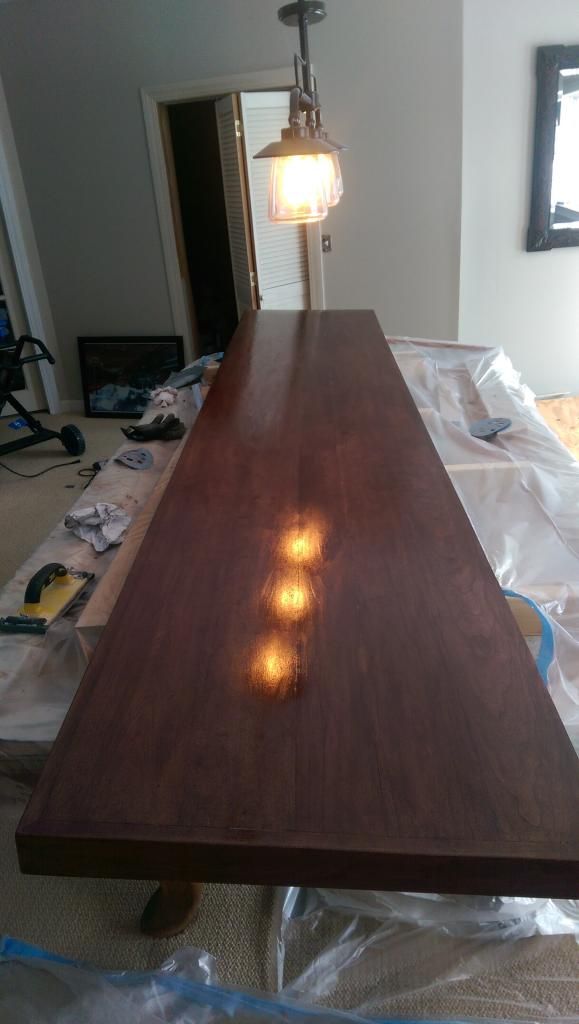





 Reply With Quote
Reply With Quote
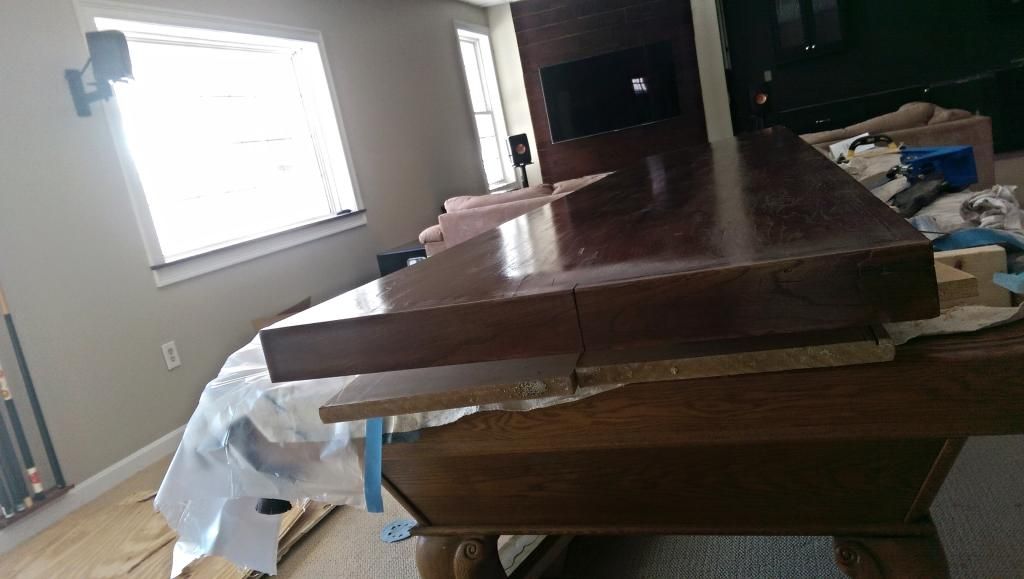


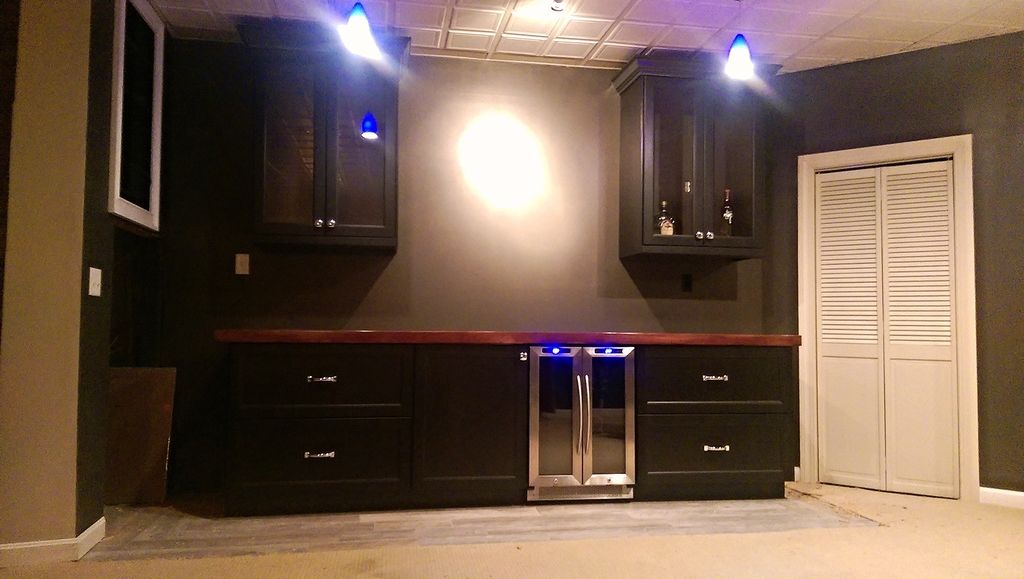

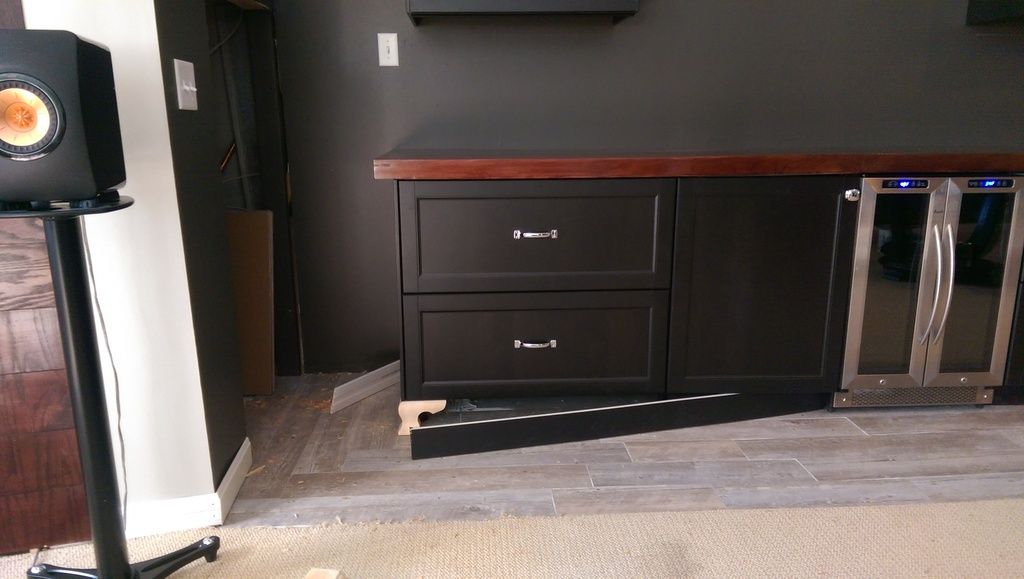
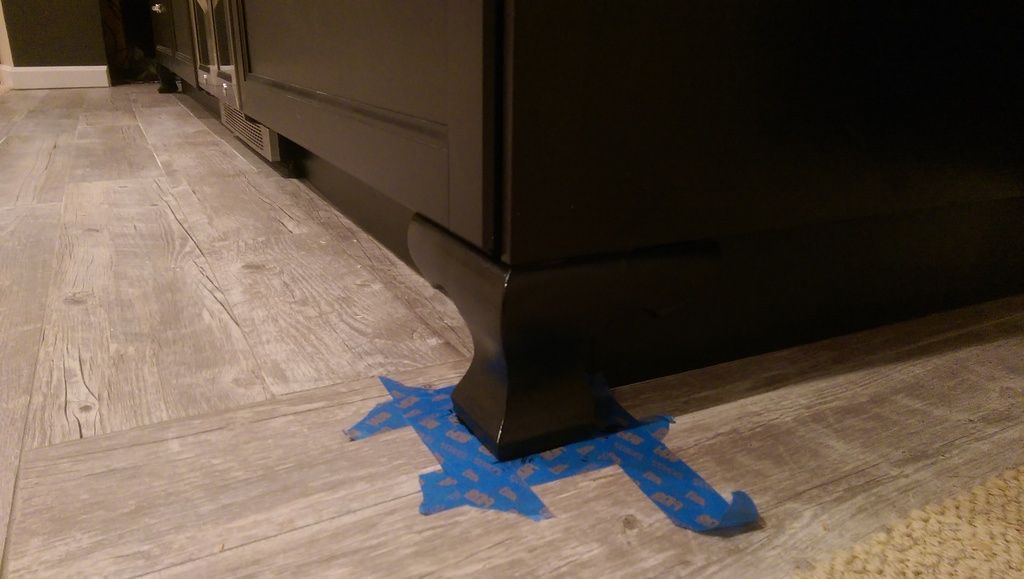
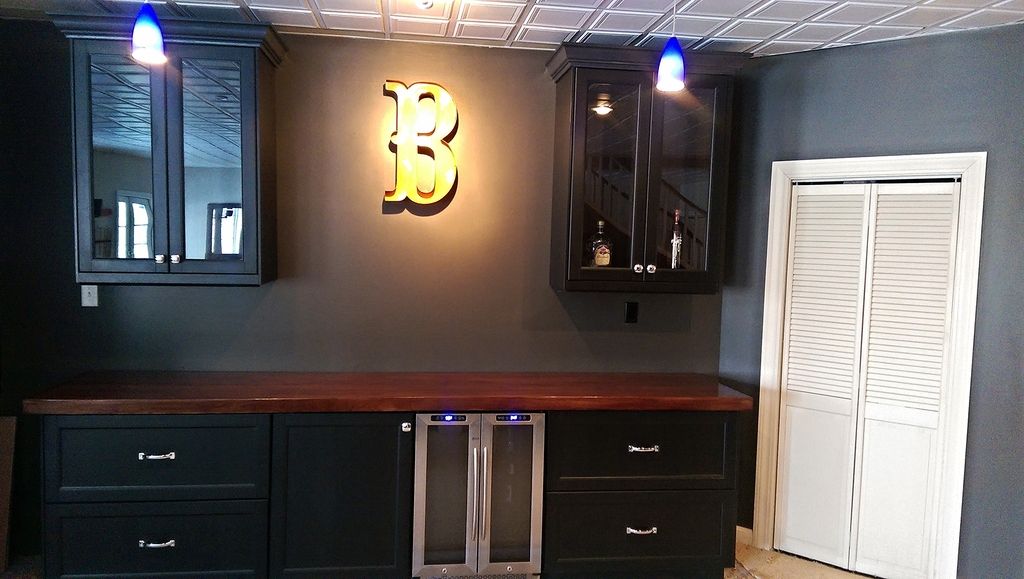




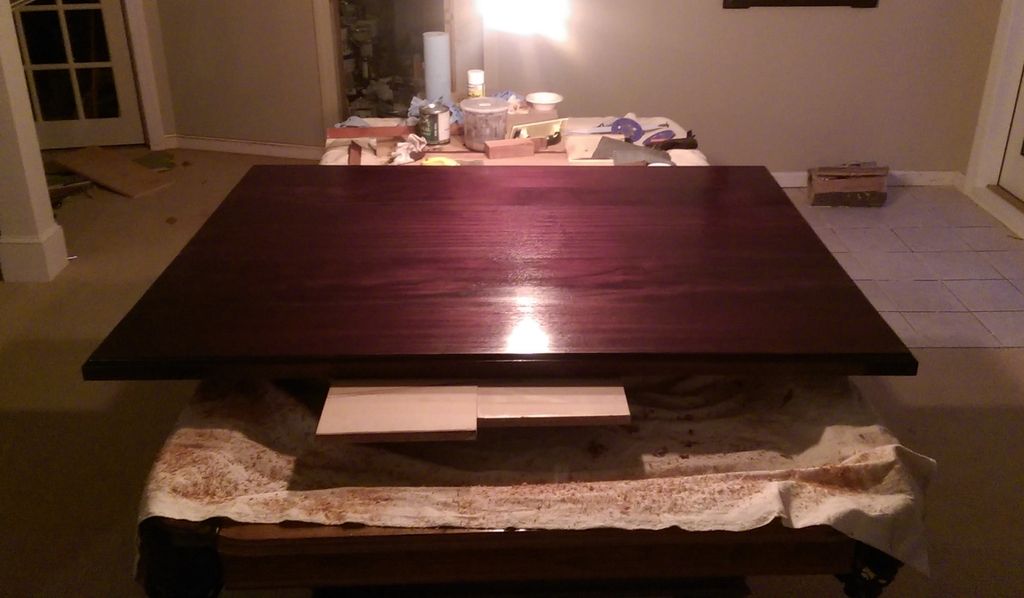
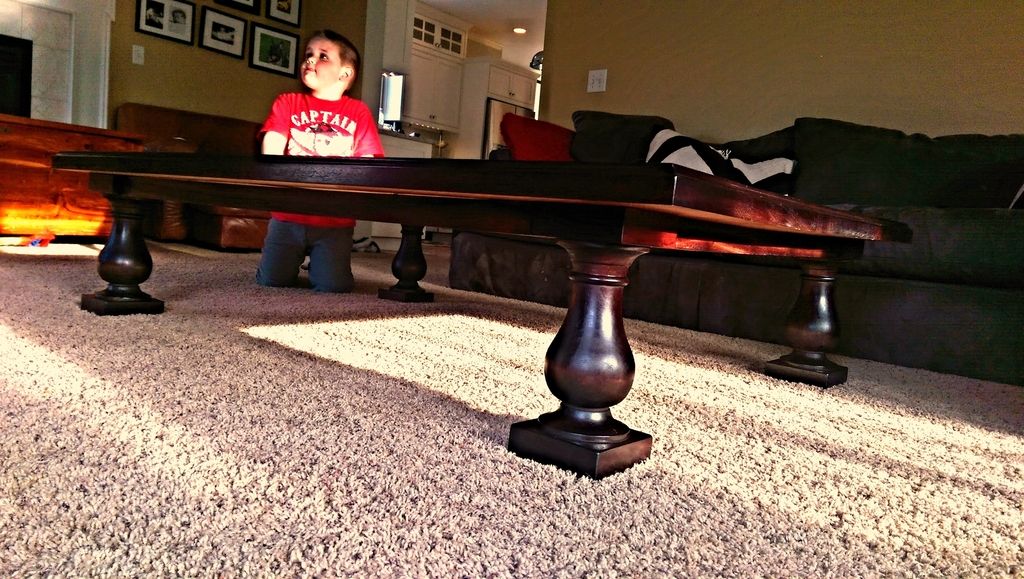

 </p>
</p> </p>
</p> </p>
</p>


